Sparassis spathulata
Scientific name: Sparassis spathulata (Schwein.) Fr.
Derivation of name: Sparass- means "to tear into
pieces," referring to the many thin, wavy, leaflike
branches. Spathul- means "little spade" or"blade"
in
reference to the appearance of the individual branches.
Synonyms: S. herbstii Peck
Common name(s): Eastern cauliflower mushroom,
cauliflower mushroom.
Phylum: Basidiomycota
Order: Polyporales
Family: Sparassidaceae
Occurrence on wood substrate: Saprobic/parasitic;
solitary
or in groups on the ground at the base of oak
trees, sometimes on well-decayed wood. Reported on
conifer roots; July through October.
Dimensions: The entire complex mass of flattened
branches
may be up to 40 cm wide and high.
Description: This fungus occurs as a compact cluster of
upright, flattened, undulating, leaf-like branches (called
flabellae) which have entire margins. It resembles a large
head of leafy lettuce or a brain
or perhaps cauliflower.
The
overall color is white to cream
to pale
yellow to tan.
The
flabellae are zonate, with distinct color zonations
and are
usually palest at their tips.
The branches arise
from a buried, branching, central base.
Comments: DNA studies have helped sort out the
Sparassis species in North America. Of the two
cauliflower mushroom species in the Northeast, S.
spathulata is more common than S. americana.
More information at MushroomExpert.com
More information at TomVolkFungi.net:
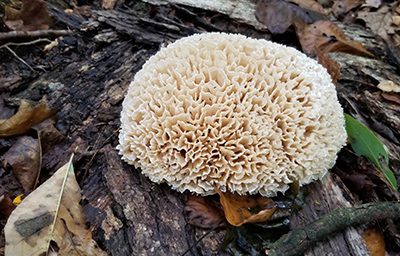
Figure 1. Sparassis spathulata is the most widespread
Sparassis species in eastern North America. Its
resemblance
to marine coral is remarkable.
Photo © George Morrison.
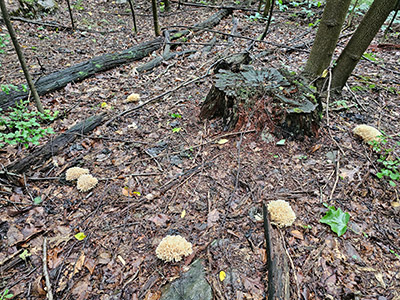
Figure 2.
A circular array of eastern cauliflower mushrooms
growing from the
roots of the dead tree.
Photo © George Morrison.
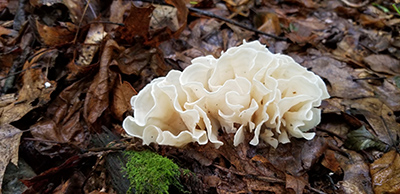
Figure 3. A very young specimen.
Photo © George Morrison.
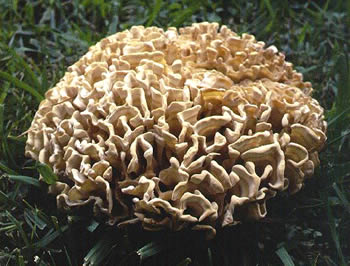
Figure 4. The undulating, flattened branches give this
species an unmistakable look. Fruit bodies often
occur on
the ground at the base of oak trees.
Photo © Larry Grand.
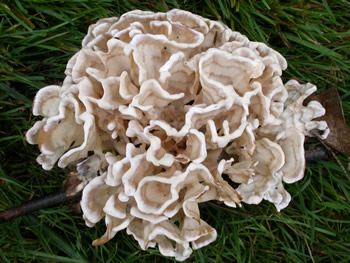
Figure 5. Note the zonate flabellae.
Sparassis
americana, the other Sparassis species reported in the
East has thinner, azonate flabellae. Note: The specimen
shown here and in Figure 6 was collected in the woods
at a NAMA foray and placed on the grass for the
picture.
Photo © Gary Emberger.
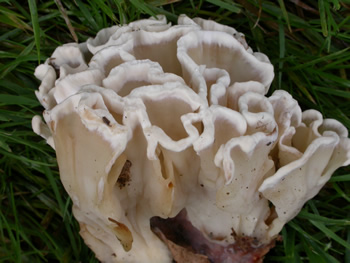
Figure 6. On many specimens, the upper margin of each
flabellum is often a creamy color.
Photo © Gary Emberger.